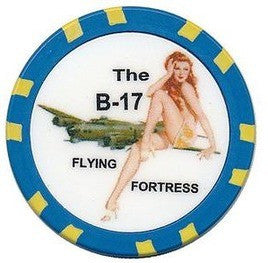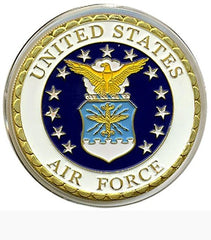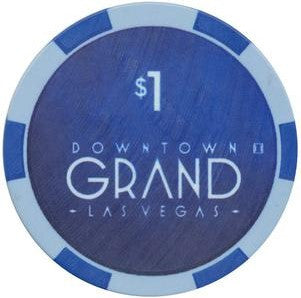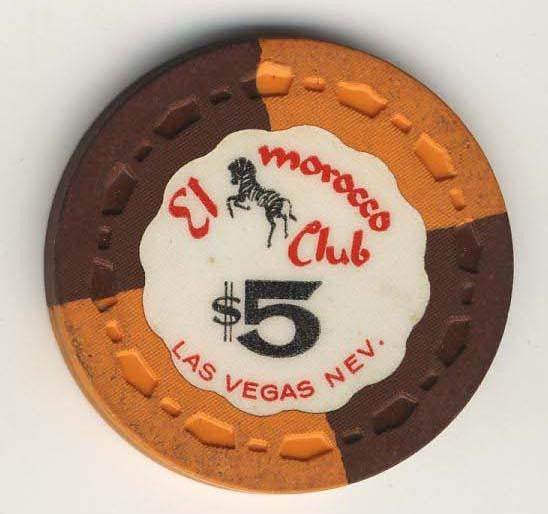Prior to America's entry into World War 2 on December 7,1941 the population of Nevada, according to the 1940 census, was 110,247 people, included in the number were the 8,422 people who called the small town of Las Vegas home.
After America's entry into World War II Senator Pat McCarran was successful in convincing the War Department and the U.S. government to open new military bases throughout the state. The ample open spaces in Nevada, easy access to railroad connections and the close proximity to California made Nevada the ideal location for the training of future Army Air Force pilots. The Las Vegas Army Airfield, now Nellis Air Force Base, and the Tonopah Army Airfield were converted from existing civilian airports and additional airfields were built throughout the state between 1942 and 1945, including the Indian Springs Airfield (current Creech Air Force Base), the Reno Army Airbase (current Reno Stead Airport), and Naval Air Station Fallon (current home of the TOPGUN Fighter Training School).
With the increasing demand for strategic material for the war, the copper and silver mines in Nevada thrived again as the production from these mines more than doubled during the war years and the nearby town grew in size as workers by the thousands moved into Nevada to fill newly created jobs.
Mining and the military industries were not the only business to flourish during the war years. The casinos of downtown Las Vegas saw increased profits as soldiers came into town to spend their cash and gamble in the casinos. The brothels of Nevada's Red-light districts also garnered so much attention from the service men for Nevada and nearby California that in 1943 the U.S. Military applied enough pressure on the Nevada government that they were all closed for the duration of the war.
During World War 2 a total of 545 Soldier, Sailors, Airmen and Marines from Nevada lost their lives in the service of their country.
Nellis Air Force Base NCO Club Chips
Set is available with Army, Air Force and Navy design on the chips and case.
Chip color breakdown: 100 White Chips 100 Red Chips 50 Green Chips 50 Blue Chips.









